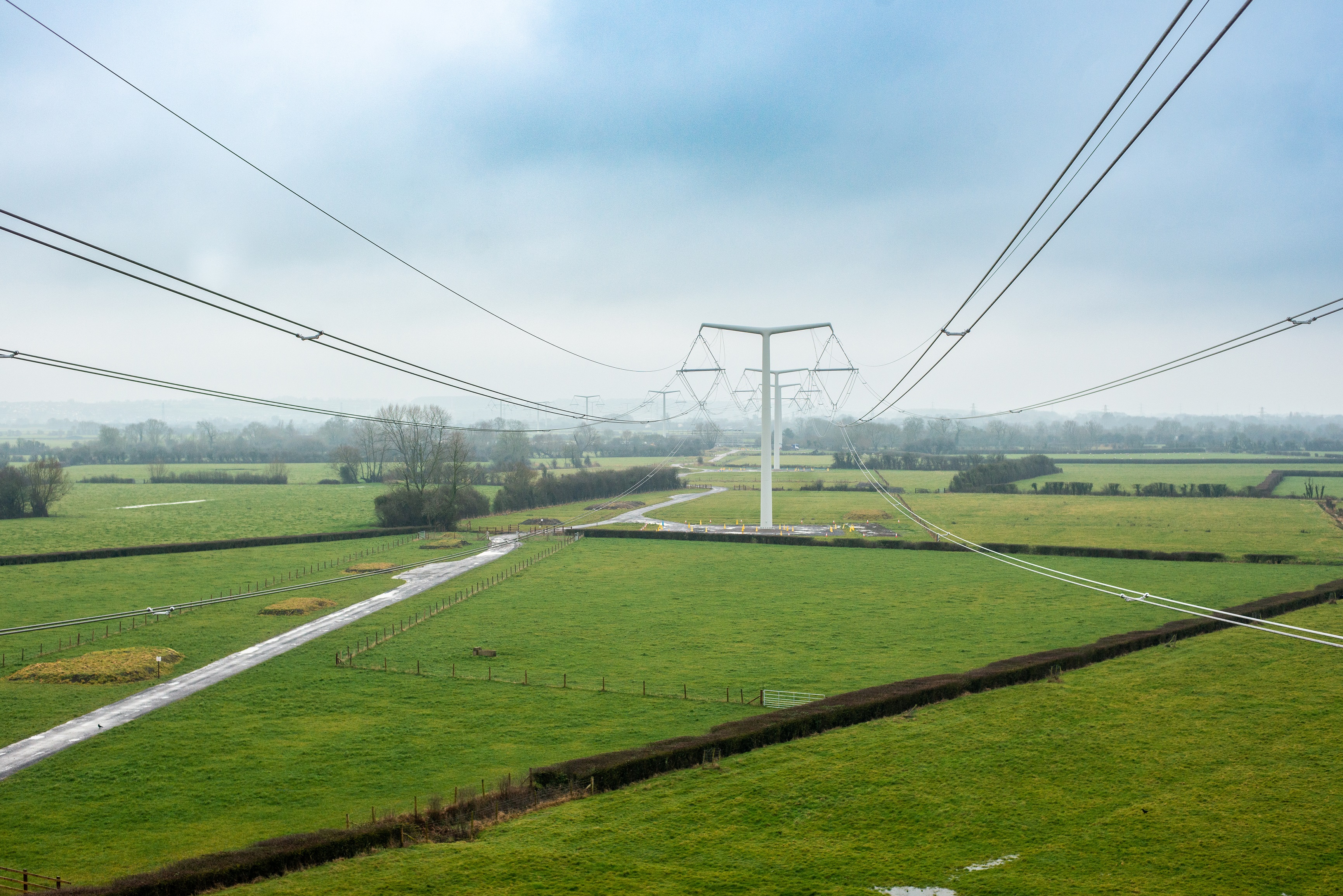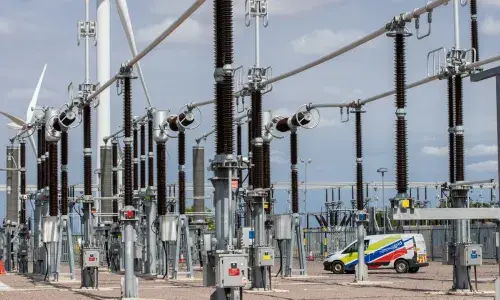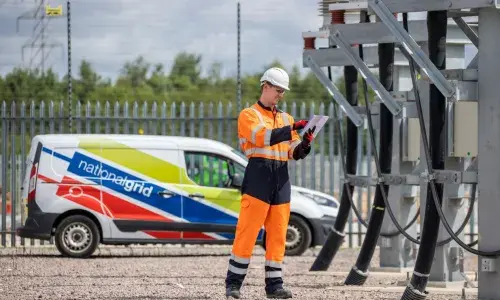
We’re engaging on our early plans to transform our network for net zero
Sara Habib, Head of Future Price Controls at National Grid Electricity Transmission, explains how collaboration will be the key to success in delivering a net zero electricity transmission network, and urges stakeholders to share their views as we shape our future business plans.
We’ve reached a critical point on our journey to reach net zero emissions, and energy continues to be a hot topic – in the news, within industry and for consumers. Under particular focus, and influenced by recent global events, are the three points of the energy trilemma – security of supply, affordability, and decarbonisation. At National Grid Electricity Transmission (NGET), we are the network transmission owner in England and Wales. As the backbone of our energy infrastructure in those regions, we recognise the critical role we play in facilitating and driving forward a clean energy transition that is both fair and affordable for our customers and the communities we serve.
As a natural monopoly, we are closely regulated by the GB energy regulator, Ofgem, who, through its price control mechanism, determines how much revenue we are allowed to earn for constructing, maintaining, and renovating our transmission network. Ofgem has begun the process of shaping the next price control, due to start in 2026. This price control will be crucial, as it ultimately needs to set the right framework to help enable the changes needed to deliver a decarbonised energy system by 2035 and ultimately a zero carbon UK by 2050.
The shift towards net zero will require transformation in both the work we implement and the way in which we do so. We continually invest to adapt and develop our network, around £1billion each year. In the next price control, we will need to deliver multi billion pounds of investment so that we can continue to connect clean, green and affordable generation and meet the demands of a decarbonised society while, crucially, maintaining reliability, safety and resilience.
To put this into perspective, to meet the government’s target of 50GW of offshore wind by 2030, our industry must deliver more than five times the amount of transmission infrastructure in the next seven years, than has been built in the past 30 years.
Watch the recording of our ‘Pathway to Net Zero’ webinar video
There are important lessons we can draw on from the past. In the 1950s, planners recognised that the existing electricity network would not meet the future demands of consumers, as household appliances proliferated, and large power stations were connected to the grid. A 12-year project to build the 275kV supergrid was devised – which saw the construction of new overhead lines built with the capability of being upgraded to 380kV (now 400kV) in the future. Today, similar to the 1950s, we know that future supply and demand for electricity is set to transform and increase at an unprecedented rate.
Our message is clear: to enable the seismic shift that is needed and to unlock the benefits that the transition to net zero can bring, we need to fundamentally think differently – and we need a regulatory framework that facilitates this. As we plan ahead to transform our network and the way in which we deliver it, we want to hear from and work closely with as many of our stakeholders as possible, to carry their voices and expertise into our future business plans.
To properly consider alternative regulatory approaches, we need principles against which the framework should be assessed that have been informed by the views of stakeholders beyond the immediate energy sector, to ensure the framework enables the bold action needed to advance the energy transition, support net zero and maintain security of supply.
These discussions and proposals are crucial. With the right policy and regulatory frameworks in place, the energy transition will drive economic growth, establish a more energy independent UK, and create a job and a skills revolution. National Grid’s Building the Net Zero Energy Workforce Report found that the energy sector alone needs to recruit for 400,000 jobs between now and 2050 to get the UK to net zero – showing not only what will be needed to drive us there, but the scale of the opportunities available.
Following its Open Letter on Future Systems and Network Regulation issued last year, Ofgem has now published its much-anticipated 10-week consultation on the overarching framework design for the future price control period. In line with our Open Letter response, the consultation is clear on the scale and pace of change required for the energy transition, and therefore the need for a different regulatory approach. We are now entering a six-month period to influence and develop the new regulatory framework, including the roles and responsibilities of Ofgem, the FSO, the licensees and other key stakeholders, and the process towards implementation for electricity transmission on 1 April 2026. As we develop our response, we will continue to engage with our stakeholders and welcome their views on the specific issues and proposals raised in the consultation.
We recently held a webinar to give stakeholders the opportunity to view our approach, initial plans and early insights from our ongoing analysis of the scale of transmission infrastructure needed to get to net zero - and the changes we think are needed to support that delivery. It was also a crucial opportunity for stakeholders to ask us questions and give feedback on our proposed approach. Please do take the time to share your thoughts with us.

